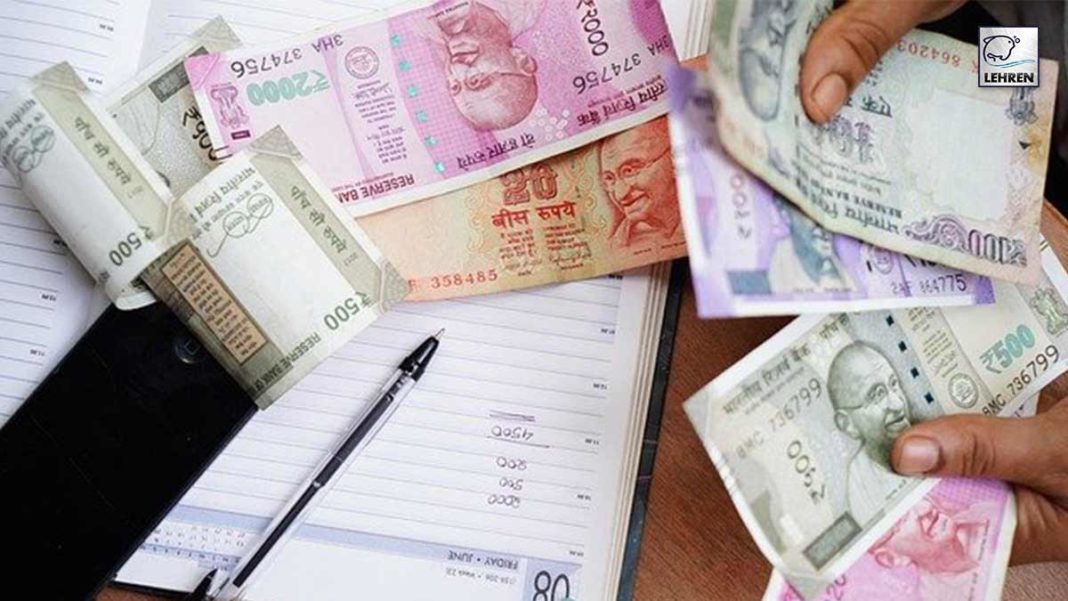Indian Rupee becomes worst-performing currency among major Asian currencies in 2020 in the world. Amidst the Reserve Bank dollar purchases, the rupee has declined by 3% against the US currency. However, Indian debt and currency may possibly attract overseas investors in 2021 just like the nation’s equities. However along with this, the central bank will most likely face more difficulties in curbing the rupee’s gains against the US dollar.
Rupee becomes worst-performing currency in 2020 in Asia. The US Treasury Department recently added India to its list of major currency manipulators. It further commented that India must allow its currency to adjust based on the economic principles. They must only intervene when the currency is excessively volatile. Recently, the sterilization of rupee caught the eye of US monitors. Hence, they may force the RBI to let the Indian currency strengthen against the US dollar.
Also Read – Rupee settles 9 paise up at 71.20 against US dollar
Experts predict that the worst-performing Asian currency may rebound along with certain debts amid recovery in risk-appetite for assets with higher yields. The Bloomberg survey of emerging market outlooks also included India in the top five most favoured markets in 2021.
Stocks have managed to attract bigger yearly inflows since 2012, adding to the challenges currently faced by the RBI. The bank has been preoccupied in purchasing loads of dollars to counter the rupee’s gains. The resulting influx of cash caused the short-term to crash in the country’s financial system. This along with high inflation is reducing the debt returns for foreign fronts resulting substantial outflow from bonds.
Must Read – Aramco becomes first $2 tn company, worth same as entire Indian stock market
The Indian government and the central bank recently undertook multiple efforts to tackle the historic recession. Only last month, India enhanced the support package to nearly 15% of the economy. Estimates by economists suggest that the additional spending with the falling tax revenue may widen the budget gap to 8% of the gross domestic product (GDP). However, Nirmala Sitharaman, the Indian Finance Minister reassured that there is no worry of a wider deficit because of a clear need to spend money.

